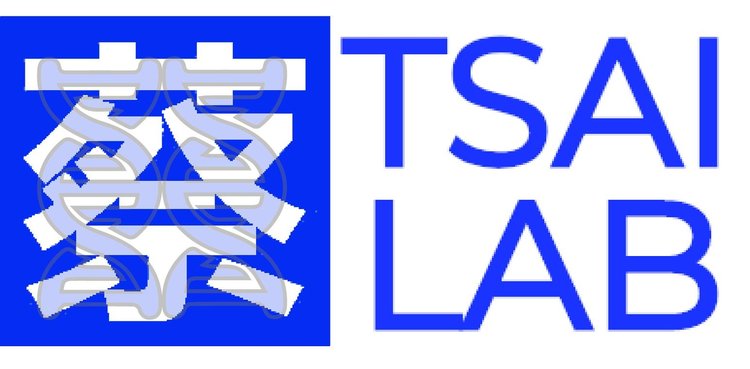Atlas of cell types in human and mouse adipose tissue
Adipose tissue plays a central role in the pathophysiology of obesity and its complications, modulating appetite and satiety, glucose and lipid homeostasis, and immune function. Adipose tissue is highly heterogeneous, comprised not only of adipocytes, but also fibroblasts, endothelial cells, and vast numbers of immunes cells. Cell population content is dynamic, and known to be altered by obesity, making bulk tissue profiling studies difficult to interpret. In collaboration with Evan Rosen, Diane Mathis, and Aviv Regev, we are using single cell/nucleus RNA-seq, both to detail and compare the identity and molecular state of the individual cellular components that make up the various adipose tissue depots, and to characterize anatomical and functional interactions across a variety of metabolic perturbations, including fasting, weight loss, high fat diet exposure, gastric bypass, and aging. These studies are being performed on subcutaneous and visceral white adipose tissue as well as brown adipose tissue in both mice and humans and should provide: 1) an unbiased identification of cell type-specific markers, enabling development of genetic tools for studying individual cell types as well as immediate pharmacological target identification, 2) a delineation of which of these cell types respond to metabolic perturbation and how they do so, and 3) insight into how individual cell types interact within a network to produce the adipose tissue dysfunction associated with obesity and insulin resistance.
GIF courtesy of Patrick Stumpf, Matthew Rose-Zerilli, Rosanna Smith, Martin Fischlechner & Jonathan West at the Centre for Hybrid Biodevices & Cancer Sciences Unit at the University of Southampton
Courtesy of Evan Macosko, Ani Basu


